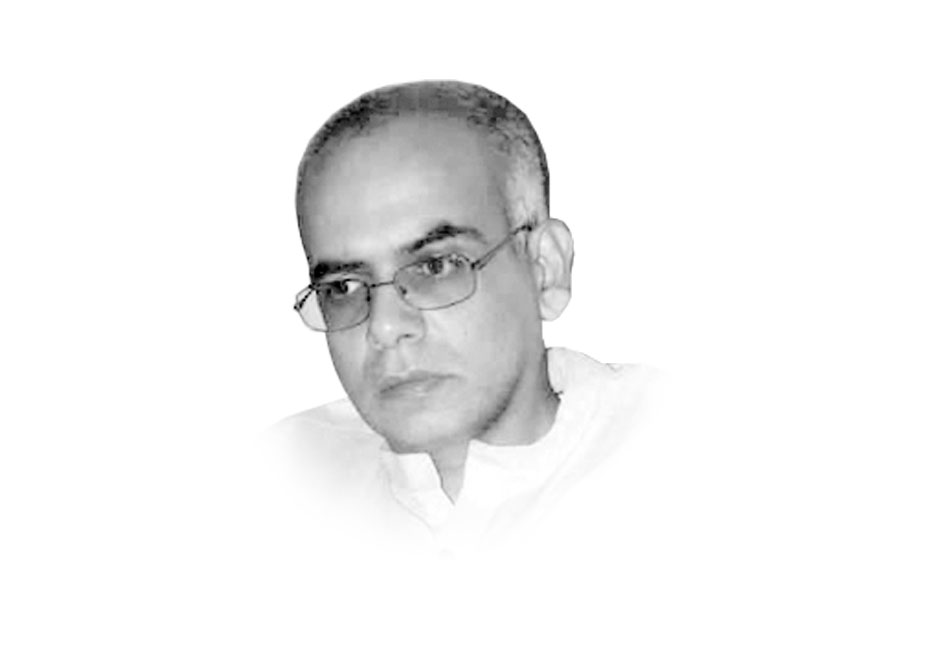
Policymakers in our country are fairly apt at reducing poverty by altering how poverty should be measured. During the Musharraf era, for example, we saw an evident demonstration of poverty being drastically reduced based on faulty estimates, which claimed a decline in the poverty incidence from nearly 35 percent in 2000-01 to around 23 percent in 2004-05. Most development economists and practitioners refuted the possibility of Pakistan having actually reduced one-third of its poverty within a period of only four years. Yet, the government of the day continued to tout these figures to gain political mileage.
Given the tendency to make enthusiastic claims about poverty reduction by trying to tweak how poverty should be measured, it was a surprise to note the recent change in the definition of poverty, motivated by the imperative of obtaining a more accurate picture of ground realities. To do so, Pakistan has shifted from a poverty formula based on food energy intake to one based on the cost of meeting basic needs.
Under this new methodology, the poverty line has been raised by Rs650, and is now set at around Rs3,000 a month. While Rs3,000 is still quite a stringent criterion for a poverty line, at least the new measure goes beyond considering the amount of money people need for buying a basic amount of food energy, and tries to incorporate some non-food expenditures in its calculation. Using this newer formula, 30 per cent of Pakistanis could be considered poor (in 2013-14), whereas according to the older definition, only 10 per cent of the country would have been categorised as being poor.
It is encouraging to see the current government taking the politically sensitive step of changing the measure of poverty to admit that poverty is much higher than the ridiculously low numbers being cited earlier. Yet, experts point out that even this new definition falls short in terms of providing an accurate picture of the extent of deprivation in our country. Based on the UNDP’s Multidimensional Poverty Index, which complements traditional income-based poverty measures by capturing lack of access to adequate living standards, education, health, and services, poverty in Pakistan is around 44 per cent.
While conceding to the new definition of poverty, the government has been quick to point out that poverty is decreasing, even according to the new basic needs definition. However, development economists who endorse the official view that poverty is, in fact, decreasing, are hard-pressed to explain why other major indicators of poverty, such as malnutrition or infant and maternal mortality rates remain so alarmingly high.
On the other hand, our present government lacks the ability to tax its citizens to create a sustainable base for effective service delivery and social safety nets. New, innovative programmes for urban populations are nowhere to be seen. Rural poverty is still a major challenge. Rural development policies such as corporate farming and computerising land records will also do nothing for those who own no land and are working as sharecroppers or agricultural labourers at ridiculously low wages. Adopting market-driven donor prescriptions such as the provision of small loans at high interest rates as the fix-all elixir to the national malaise of both urban and rural poverty, does not work. Building expensive infrastructure will also do little to address the underlying and deep-seated causes of marginalisation and exclusion.
In order to make a serious dent in the prevailing poverty in our country, government officials and international donors need to relinquish the conventional wisdom of investing more in the haves in order to generate more growth, since its benefits do not sufficiently trickle down to the have-nots.
Published in The Express Tribune, April 29th, 2016.
Like Opinion & Editorial on Facebook, follow @ETOpEd on Twitter to receive all updates on all our daily pieces.













COMMENTS (3)
Comments are moderated and generally will be posted if they are on-topic and not abusive.
For more information, please see our Comments FAQ